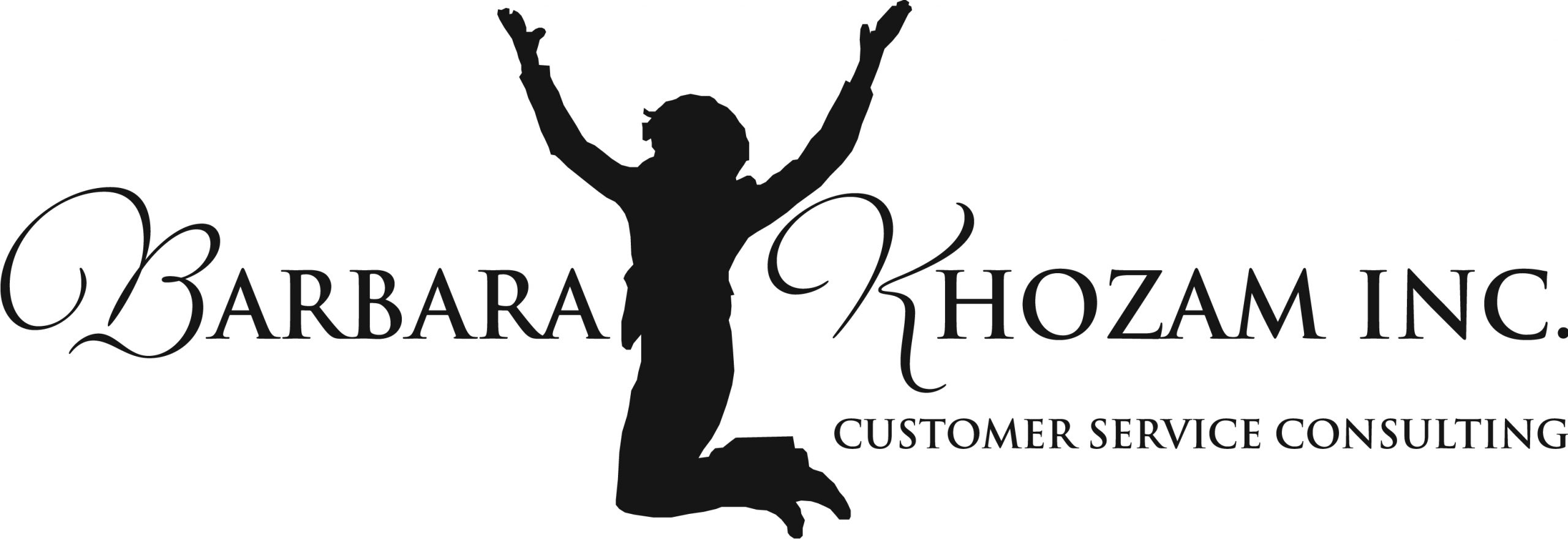
Copyright: kasto / 123RF Stock Photo
Mistakes happen all the time—from a simple faux pas to an oversight or blunder to high-stakes miscalculations. To help alleviate even the worst mistakes you make with customers depends on whether or not you accept responsibility for your wrongdoing.
Real World Story: The following story is about United Airlines and the recent tragic death of a 10-month-old French bulldog named Kokito.
While trying not to minimize the impact of this devestating event, we can learn some valuable lessons to help lighten the pain we may cause our customers.
Strategies that Turn it Around:
- Accept full responsibility. When you or your company does or says something wrong, you must ALWAYS accept full responsibility. This includes stating exactly what you did wrong. “We accept full responsibity for causing the death of your dog.”
- Say you are sorry. While it may seem obvious to some of us, many people in service positions don’t realize that an apology includes actually saying the words, “I am sorry.” Anything short of saying these words is not an apology; it’s just a rehashing by you of what went wrong.
- Show empathy and support. Customers should always feel cared for and important. And this is expecially vital when you have caused them some sort of inconvenience or harm. When you show empathy and support, customers know you are truly sorry and want to resolve their problem. They will then be more receptive to the solutions you propose.
- Investigate and report. Customers want to know you have their best interest at heart. This includes knowing that you are going to do everything possible not to repeat the wrongdoing and are taking measures to ensure it never happens again—to them or others. Let customers know you will get to the bottom of the issue that cause their problem in the first place and that you will fix that issue immediately.
- Extend compensatation. Always compensate customers when you have aggrieved them. This can include monetary, in-kind services, complimentary amenities or full refunds. For small infractions against customers, these can work favorably for you. The point is to center your efforts in resolving a mistake you’ve made in a compassionate and effective manner.
Remember: Getting away from making mistakes is just not possible. But how you handle the aftermath of a simple mistake or even a tragic accident can make all the difference in the world in the minds of your customers.
How do YOU ensure that your customer service team members accept full responsibility for problems caused by them or your company? Please share your comments and stories.

